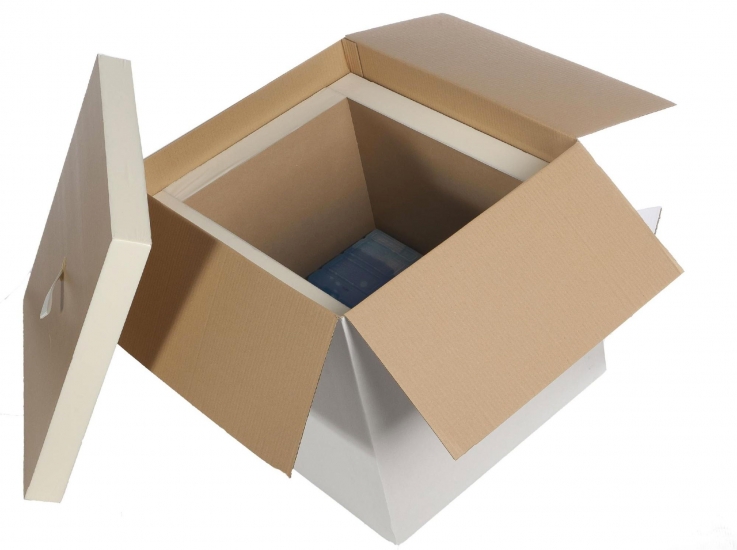Single-configuration versus multi-configuration packaging
Mono-configuration insulated packaging solutions, what are we talking about?
Mono-configuration or so-called “universal” packaging solutions are insulated packaging solutions that are prepared in the same way whatever the external logistical profile (season or destination). In other words, the same preparation method for the packaging solution is used all year round for all destinations. Conversely, multi-configuration or so-called “seasonal” packaging solutions require preparation according to the season.
The standards for these insulated packaging solutions are inspired by the meteorological seasons (summer, winter, mid-season) to define the profile types known as hot, cold or hot-cold.
What are the advantages of mono-configuration packaging solutions?
Mono-configuration insulated packaging solutions minimize the risk of error in preparing and/or loading the packaging solution since the same method of preparation is used all year round. Moreover, the method of preparation and loading is more easily learnt by the operators and reproduced very quickly.
Conversely, with multi-configuration packaging solutions it is necessary to identify the different seasonal shipments and train the operators on several loading methods.
However the choice of a mono-configuration packaging solution is not without consequences on the delivered insulated packaging solution.
Technical comparison: what is the impact on mono-configuration and multi-configuration packaging solutions?
Let us compare the technical data and the price of three insulated packaging solutions from different suppliers. All of them keep the products below + 2/+8°C for 120 hours.
- Solution A: multi-configuration packaging solution, with simple cardboard exterior, insulated with polyurethane and a eutectic gel cold source. Solution for single-use.
- Solution B: mono-configuration packaging solution with a thicker cardboard exterior, insulated with VIP (vacuum insulated panels) and a PCM (phase-change material) cold source. Solution suitable for short-term use (1 to 5 reuses).
- Solution C: mono-configuration packaging solution with polypropylene coating, insulated with VIP and a PCM cold source. Solution suitable for long-lasting use (more than 10 times).
Comparison of technical and commercial data of 3 packaging solutions available on the refrigerated packaging solution market
| Solution | Performance | Configuration | Use | Materials | Net volume |
Weight | Weight/Volume Ratio |
Price |
|---|---|---|---|---|---|---|---|---|
| A | 120 hours | Multi-configuration | Single | PU or EPS+ Gel | 72 | 18 | 33% | 85€ |
| B | 120 hours | Mono-configuration | Single | VIP + PCM | 56 | 21 | 33% | 300€ |
| C | <120 hours | Mono-configuration | Reusable | VIP+PCM | 56 | 25 | 42% | >500€ |
Mono-configuration insulated packaging solutions are 2 times heavier and up to 5 times more costly to buy than multi-configuration packaging solutions.
They are made from PCM and VIP materials. A carbon assessment was carried out on the impact of CO2 emissions from their production and revealed that the emission rate for the production of these materials is clearly greater than the rate emitted for the production of polyurethane, polystyrene and eutectic gels. Moreover, VIP and PCM are materials which, up to now, are more difficult to recycle.
Lastly, we must remember that VIP alone is a lot less shock-resistant than polyurethane or extruded polystyrene, and can lose all of its thermal capacity with a single perforation. Conversely, these insulated packaging solutions offer a single method of preparation and can be reused many times.
As such, it is interesting to note that there is no ideal solution which is altogether economical, environmentally friendly and sustainable. It is advisable to list the advantages and disadvantages of each type of packaging solution and choose the most suitable insulated packaging solution according to its logistical and technical constraints and its priorities.
Would you like advice on choosing an insulated packaging solution? Contact our experts!
